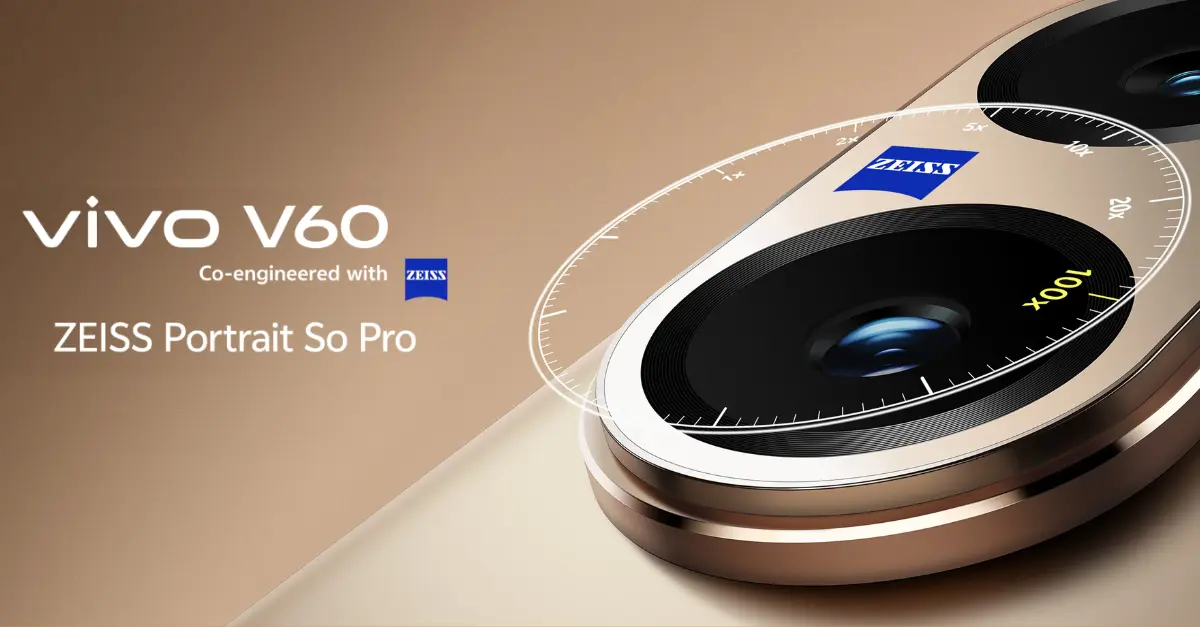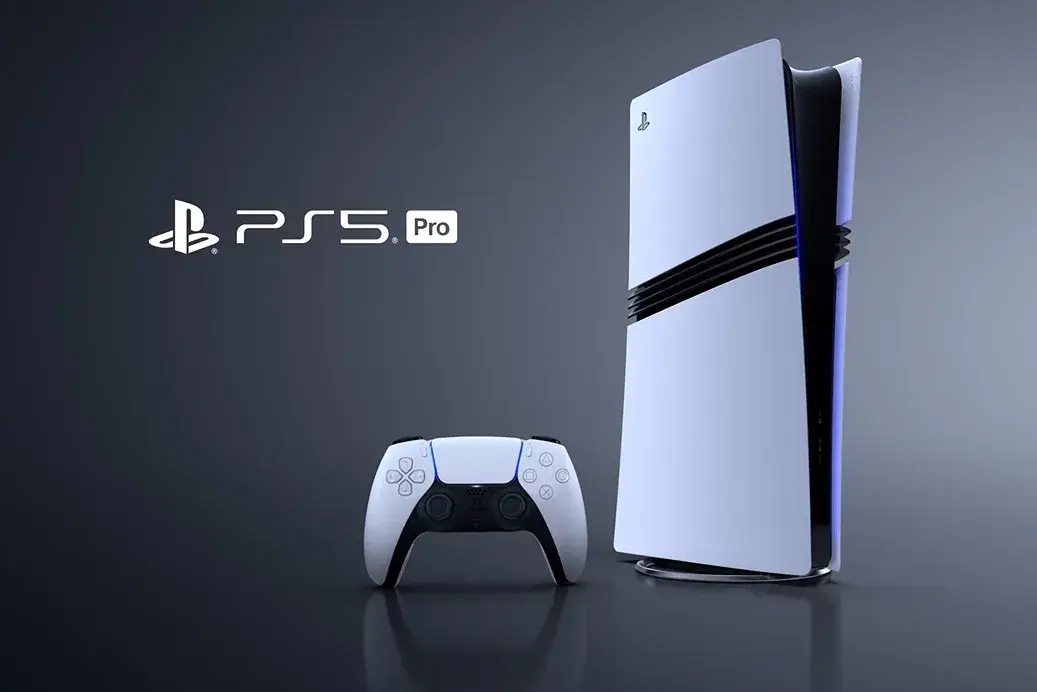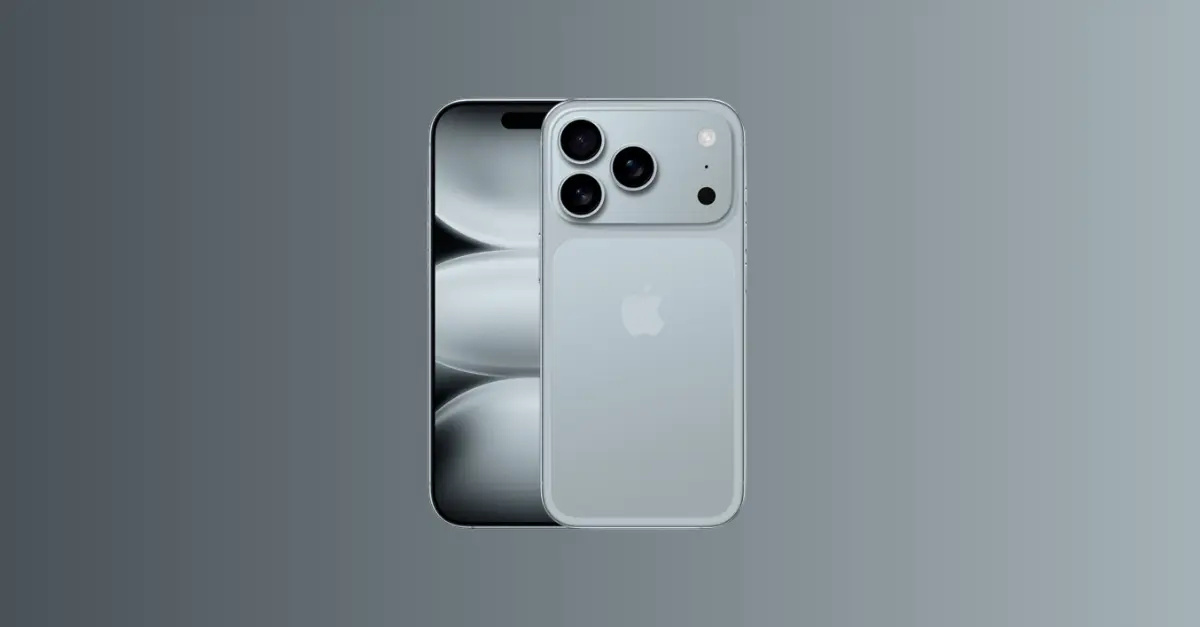Apple’s iPhone 17 has finally landed, bringing with it a wave of anticipation from loyal fans and skeptical tech reviewers alike. Launching in September 2025 with a starting US price of $899, the standard iPhone 17 sits at the entry point of Apple’s latest lineup, which also includes the ultra-slim iPhone 17 Air, the performance-focused iPhone 17 Pro, and the feature-packed iPhone 17 Pro Max.
The iPhone 17 promises ProMotion 120 Hz OLED, the latest A19 chip, improved cameras, and 5G compatibility with all major US carriers, including Verizon, AT&T, and T-Mobile. But in a year where even mid-range phones offer OLED and triple cameras, can the iPhone 17 hold its ground? And more importantly, is it worth choosing over the Pro or Air models? Let’s break it down.
Design & Build
The iPhone 17 continues Apple’s tradition of premium materials, with an aerospace-grade aluminum frame and a Ceramic Shield front for durability. Weighing around 185g and measuring 7.8mm thick, it’s slightly slimmer than last year’s iPhone 16 but nowhere near the ultra-thin 17 Air, which comes in at a mind-blowing ~5.5mm.
Color options for the iPhone 17 include Midnight, Starlight, Blue, and a new Coral shade. The design retains flat edges and a refined camera bump, though the Pro models adopt a full-width camera bar that gives them a more modern aesthetic.
In terms of protection, you get IP68 water and dust resistance, making it safe for brief submersion. For US buyers, the iPhone 17 will be widely available at Apple Stores, Best Buy, Amazon US, and Walmart on launch week, with trade-in deals already teased for Black Friday 2025.
Display & Audio
The iPhone 17 features a 6.1-inch Super Retina XDR OLED with 120 Hz ProMotion refresh rate — a welcome upgrade over the base models of earlier years. With a resolution of 2532 × 1170 pixels and peak brightness reaching 2000 nits outdoors, this display is sharp, vibrant, and easy to read in sunlight.
The Dynamic Island remains, serving as a hub for alerts, notifications, and Live Activities. The iPhone 17 Air shares a similar display but is slightly less bright, while the Pro models boast higher peak HDR brightness for cinema-level content.
Audio performance is excellent for a base model, with stereo speakers that deliver clear mids and punchy bass. There’s no 3.5mm headphone jack (unsurprisingly), so wireless earbuds like AirPods Pro 2 remain the go-to.
Performance & Software
Under the hood, the iPhone 17 runs on Apple’s new A19 chip, paired with 8GB of RAM. Built on advanced 3nm technology, the A19 delivers improved efficiency and around 15% better CPU performance compared to the A18 in the iPhone 16.
In benchmarks, the iPhone 17 matches or slightly beats the 17 Air in raw performance, though the A19 Pro chip in the 17 Pro and Pro Max pulls ahead in GPU-heavy tasks and high-end gaming. In real-world use, the iPhone 17 feels buttery smooth — multitasking between Safari, iMessage, and heavy games like Genshin Impact doesn’t slow it down.
On the software side, you get iOS 18 out of the box with a guaranteed five years of major updates and security patches. US-specific features like Emergency SOS via satellite and eSIM support for all major carriers make it a travel-friendly device. Pre-installed apps are minimal, keeping the experience clean and user-focused.
iPhone 17 Camera
The iPhone 17 sports a dual-camera system:
- 48MP main (wide) sensor with sensor-shift stabilization
- 12MP ultra-wide lens
- 24MP front camera
Photos in daylight are sharp with natural colors, and the improved Night Mode delivers cleaner, less noisy shots than the iPhone 16. In low light, the main lens captures more detail than the iPhone 17 Air’s single-lens setup, though it still can’t quite match the triple-camera Pro models with their 5× telephoto zoom.
The 24MP front camera is a notable step up, delivering crisp selfies and clear FaceTime calls, even in dim conditions. Video capabilities include 4K at 60fps and cinematic mode at 4K 30fps — perfect for creators on Instagram Reels or YouTube Shorts.
Also Read
- Top 5G Phones Under $1,000 in 2025
- iPhone 17 Pro Max Review: Apple’s Camera King
- Best Black Friday 2025 Deals on Apple Products
Battery & Charging
With a ~3,300mAh battery, the iPhone 17 comfortably lasts a full day of mixed use — that’s streaming, browsing, social media, and some gaming. It supports 35W wired charging (USB-C at last) and MagSafe wireless charging up to 15W.
Compared to the rest of the lineup:
- iPhone 17 Air has a smaller 2,900mAh cell due to its thin profile.
- iPhone 17 Pro Max boasts a massive ~5,000mAh battery, easily lasting two days.
Apple no longer includes a charging brick in the box, so US buyers will need to budget for a USB-C charger if they don’t own one.
Pros & Cons
Pros:
- 120 Hz OLED display at a base model price
- A19 chip delivers excellent everyday performance
- Improved 48MP main camera with great low-light results
- Strong 5G support for all major US carriers
- Premium build with IP68 rating
Cons:
- No telephoto lens (Pro models only)
- Battery life good, but not class-leading
- Charger not included
- Limited color choices compared to Pro models
Target Audience & Verdict
The iPhone 17 is aimed at buyers who want the core Apple experience — flagship-grade display, fast performance, and reliable cameras — without paying $1,200+ for a Pro model. It’s perfect for students, casual creators, and professionals who don’t need Pro-level zoom or vapor chamber cooling.
If you’re coming from an iPhone 14 or earlier, the jump in display smoothness, camera quality, and processing power will feel huge. However, if you’re already using an iPhone 15 or 16, the upgrade case is less compelling unless you specifically want the new 120 Hz screen and A19 chip.
In short: The iPhone 17 is the sweet spot for most users in 2025, especially if you catch it during a holiday sale.
FAQ
1. Does the iPhone 17 support 5G on AT&T, Verizon, and T-Mobile?
Yes — it works with all major US carriers and supports mmWave and sub-6 GHz 5G bands.
2. Does it have USB-C?
Yes, Apple has transitioned the iPhone 17 to USB-C for faster data transfer and universal charging.
3. How does the iPhone 17 compare to the iPhone 17 Air?
The Air is thinner and lighter but has a smaller battery and only one rear camera. The iPhone 17 offers better battery life and camera versatility.
4. Is the iPhone 17 good for gaming?
Yes — the A19 chip and 120 Hz display make it smooth for most modern games, though Pro models have better sustained performance in long sessions.








